Estonian Language Trails
Welcome to Estonian London on-line! In this tour of the traces that Estonians have left on London over the past century and beyond, you will see that this small nation on the Baltic coast of northern Europe has made quite a contribution to the life of London – culturally and economically.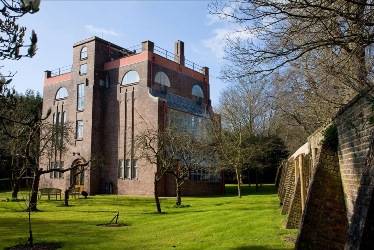 Photo: Ellie Laycock/©Dorich House Museum In the past century, the century of this School of Slavonic and East European Studies as well, Estonia, like the other Baltic States, has had a chequered career. For half of that time it was part of the Soviet Union – a state of affairs not officially recognised by the British government. Consequently there have been a succession of Embassies and Legations in London representing the Estonian nation, if not always the Estonian state. Nowadays Estonia is an active member of the European Union and NATO, and Estonians in London are making an active contribution to British-Estonian business links. Estonian Embassy buildings167 Queen’s Gate 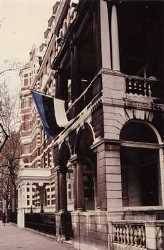 Photo: © Kersti Kirs Cultural Counsellor, Estonian Embassy in London From 1919 to 1989 the Embassy was located at 167 Queen's Gate, continuing to operate in the years following the occupation of Estonia. The five-storey, 19th century building was purchased in 1919 with funds provided by the Puhk brothers, prominent businessmen in Estonia. Following Oskar Kallas, August Torma became Ambassador in 1934 and following the consecutive deaths of Torma and diplomat Ernst Sarepera in 1971, administration of the Embassy was continued by the New York Consulate General, led by Ernst Jaakson. In London, secretary Anna Taru continued to manage the Embassy for 15 years. In 1989, due to increased maintenance costs, the building had to be sold. 16 Hyde Park Gate 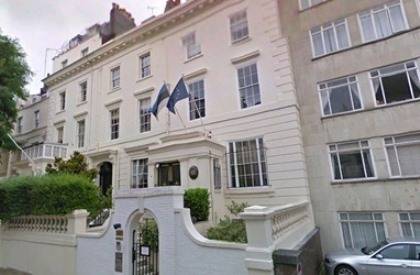 Photo: © Kersti Kirs Cultural Counsellor, Estonian Embassy in London Prior to the restoration of Estonia’s independence, an Estonian Information Office was set up in London, which became the Embassy in 1991. Its office was located in the London Estonian House at 18 Chepstow Villas. In 1993, a house was purchased at 16 Hyde Park Gate, which served as the Embassy until it re-located in the autumn of 2015. 44 Queen`s Gate Terrace 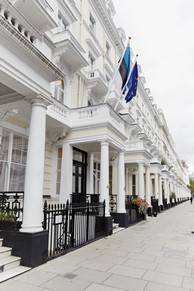 Photo: © Kersti Kirs Cultural Counsellor, Estonian Embassy in London In 2007, the Ministry of Foreign Affairs purchased the Neoclassical building, constructed in 1857. Pending budget availability, renovations began in the early summer of 2014, and were completed in August of 2015. The building is under heritage protection and many details have been restored to their original splendour. The interior design of the Embassy was inspired by Estonian nature. The list of people who were involved in the renovation and design process of the Embassy include interior architects Margit Argus, Margit Aule and Kaur Käärma, architect Pelle-Sten Viiburg, lighting designer Priit Tiimus, chandelier designers Margus Triibmann and Kard Männil, photographer Arne Ader and the construction company MY Carpentry & Construction Ltd. The building at 16 Hyde Park Gate, which previously housed the Embassy, will now become the residence of the Ambassador. BusinessTransferwise: Estonian enterprise in London, specialising in international bank transfers https://transferwise.com/about As seen on BBC http://www.bbc.com/news/business-34445179 CultureEstonian House 18 Chepstow Villas, London W11 2LS 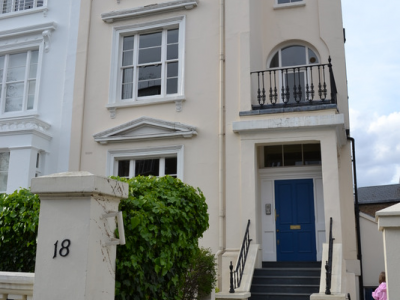 Photo: © www.buildington.co.uk Estonian House (Eesti Maja) is the Estonian cultural centre in London since 1956, and since 2009 the site of the Estonian School in London. |
 Close
Close

